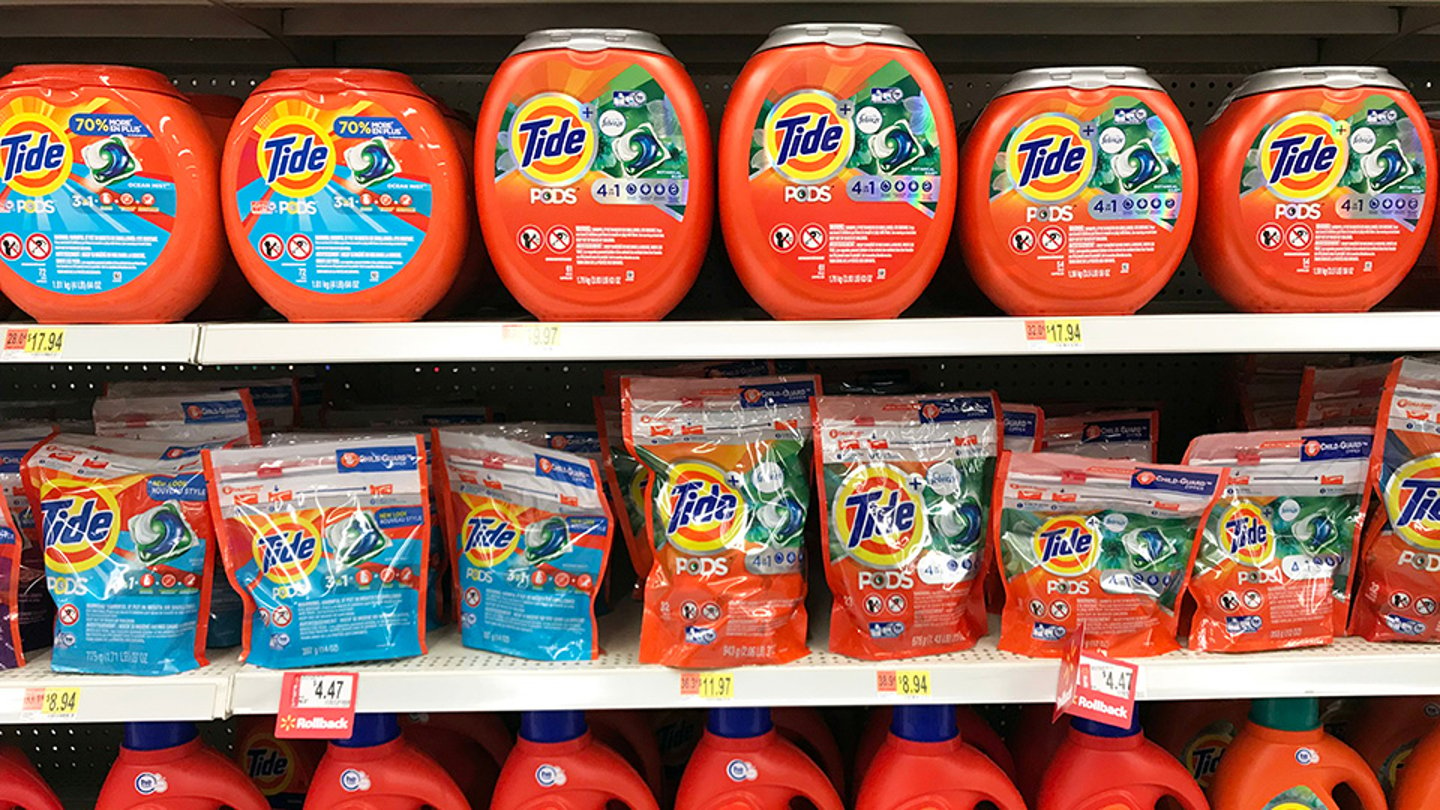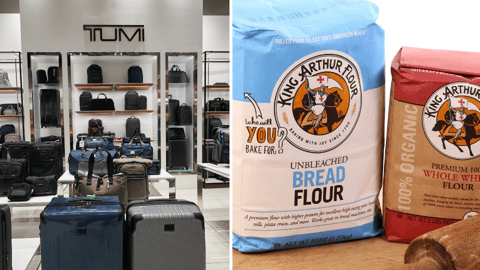P&G Trimming SKUs As Part of Collaborative Commerce Strategy
Procter & Gamble is slimming its SKU count, and its retail partners are eager to collaborate on its efforts, according to company leaders.
The No. 3 publicly owned consumer goods company is leveraging POS data and its own proprietary algorithms to determine which SKUs it should focus on across all regions and all categories, said CFO Andre Schulten in an investors call today.
P&G joins such consumer goods companies as Mondelez and Unilever in streamlining product offerings in order to improve service levels and retail performance, a not-new page in the CPG playbook. Unilever has removed 17% of its SKUs in the last 12 months and 25% over the last 18 months, the company shared during an earnings call this week, which Unilever CFO Graeme Pitkethly said equates to about 2% to 2.5% of its turnover at a global level.
For P&G, the bottom 25% of SKUs in the categories it operates in deliver a very small contribution to absolute retail sales, noted CFO Andre Schulten. “As we think about even better serving our consumers and even better serving our retail partners, it is a logical part of an optimization program to find a better, more efficient shelf.”
The company now has deep insight on the ideal shelf setup and which SKUs to focus on in partnership with retailers in order to maximize overall sales throughput — “and that’s the opportunity we’re going after,” said Schulten
The ongoing initiative is part of P&G's larger strategy to reset shelves, explore future innovation with its retail partners, and drive efficiencies and productivity.
“As you can imagine, reducing SKUs in a very complex manufacturing environment frees up capacity and frees up cost, so it’s a multi-benefit space, but we’ll take our time to ensure that we do it the right way,” Schulten said. “There is no standard simple way to do this, so it requires a lot of analysis and a lot of planning with our retail partners to do it right.”
P&G CEO Jon Moeller said feedback from retail CEOs and key managers has been positive. “They’re very anxious to work together on this.”
Moeller noted that while SKU rationalization can be viewed through a bottom-line, cost-saving efficiency lens, they also view it as a top-line opportunity to grow categories more quickly.
“We believe that if we do this well, what would normally be considered as some shelf distribution risk through a smaller lineup, we can actually convey that into a stronger overall shelf.”
Digital Growth
In looking at evolving retail partnerships, Procter & Gamble’s e-commerce business now represents 17% of its total sales, and Moeller noted that the company strives to be “indifferent between channels.” Though he said it’s becoming more difficult to distinguish between e-commerce and brick-and-mortar retail in conversations with retailers (and in general), he indicated the conversations remain collaborative.
“Most of the large brick-and-mortar retailers are emphasizing the development of e-commerce in different forms themselves and have had significant growth behind those efforts,” he said. “Honestly, I have not been in a conversation that is zero-sum in nature or that is any way combative in nature — more the conversation is how can we work together to fully satisfy our shoppers, many of whom prefer an e-commerce experience.”
The company expects its SKU rationalization initiatives to benefit the increasingly omnichannel environment, as are its efforts to build a collaborative supply chain platform with its retail partners.
“When you think about SKU productivity, it’s absolutely critical when you try to fulfill an online business from shelf because you need the holding power,” said Schulten. “When you think about supply chain services, our ability to fulfill on behalf of our retail partners directly from our DCs is a significant advantage if you’re in an online environment, but also an opportunity for any brick-and-mortar retailer.”
“All of those programs are basically channel agnostic,” he added. “They serve any format within our markets.”
Learn more about Collaborative Commerce at the Consumer Goods Sales & Marketing Summit, held Oct. 4-6 in Austin, TX!






